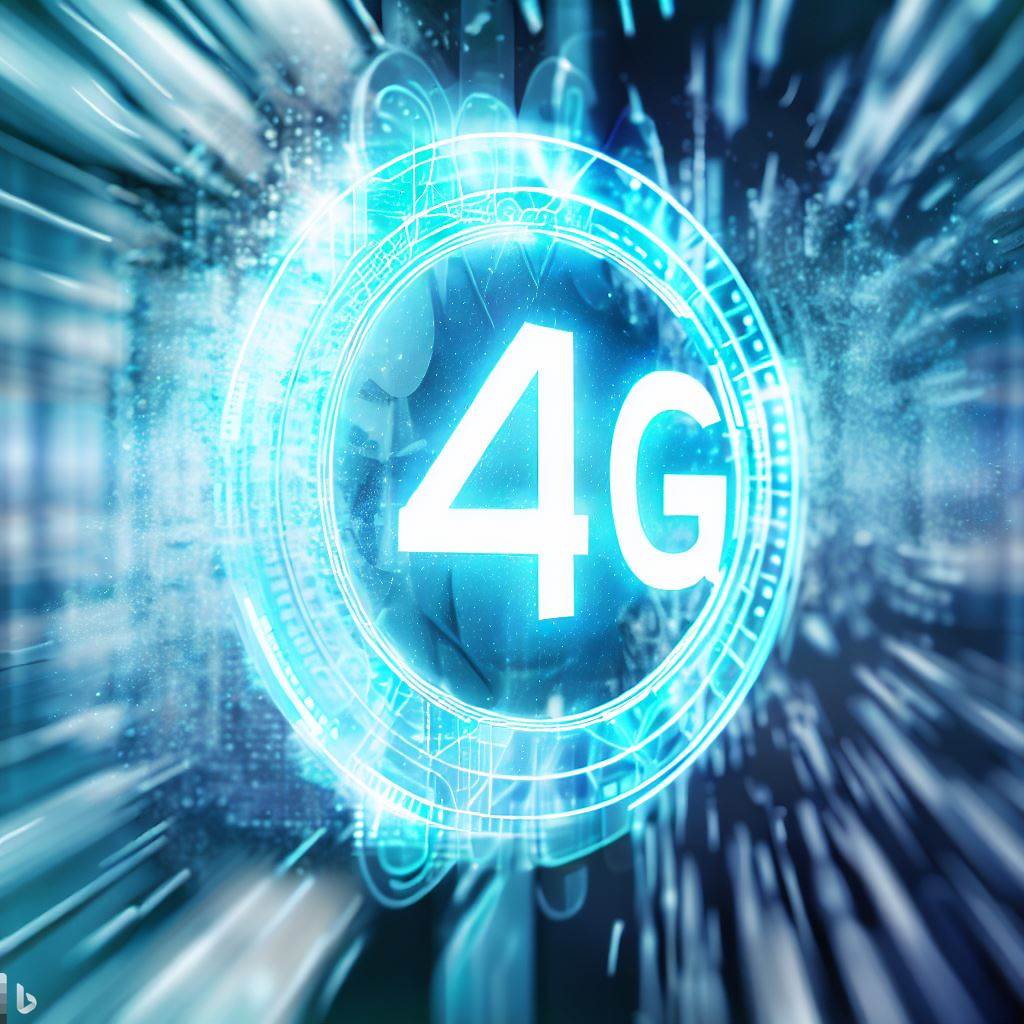
The future of 4G in the telecommunications industry is expected to be a gradual transition to 5G networks. While 4G will continue to play a significant role in providing high-speed mobile internet access, it is likely to be overshadowed by the advancements and capabilities that 5G technology offers. Here are some key points regarding the future of 4G in telecommunications:
Continued Usage and Coverage
4G technology will remain in use for the foreseeable future, as it continues to provide reliable and high-speed connectivity to a wide range of devices. Telecom operators will continue to invest in maintaining and expanding their 4G networks to ensure coverage in areas where 5G deployment may be limited or not economically feasible. This will allow users to have access to fast internet speeds, especially in regions where 5G infrastructure is still under development.
IoT and Machine-to-Machine Communication
4G networks will continue to support a significant portion of Internet of Things (IoT) devices and machine-to-machine (M2M) communication. Many IoT applications and devices are currently designed to operate on 4G networks, and upgrading them to 5G may not be immediately necessary or cost-effective. As a result, 4G will continue to be used for various IoT deployments, including smart home devices, industrial sensors, and connected vehicles.
Backup and Redundancy
4G networks will also serve as backup and redundancy for 5G networks. In situations where 5G coverage is temporarily unavailable or disrupted, devices can fall back to 4G networks to maintain connectivity. This ensures that users can still access essential services and applications even when 5G is not readily accessible. Telecom operators will continue to rely on 4G networks to provide backup connectivity and ensure uninterrupted service for their customers.
Transition to 5G
As 5G networks continue to expand and mature, the focus of the telecommunications industry will gradually shift towards 5G technology. Telecom operators will invest in building and upgrading their infrastructure to support 5G networks, offering faster speeds, lower latency, and enhanced capabilities. While 4G will still be in use, it is expected to be used alongside 5G as the industry transitions to the new technology.
Challenges and Considerations
There are challenges associated with the future of 4G in telecommunications. As more users transition to 5G, telecom operators will need to balance the investment in both 4G and 5G networks. Spectrum availability and efficient spectrum allocation will also need to be considered to optimize network performance. Additionally, ensuring interoperability and seamless handovers between 4G and 5G networks will be crucial to provide a smooth transition for users.
In summary, while the future of 4G in telecommunications will involve continued usage and coverage, it will gradually give way to the advancements and capabilities of 5G technology. 4G networks will still play a role in supporting IoT devices, providing backup connectivity, and serving areas where 5G deployment is limited. However, the industry’s focus will be on the transition to 5G networks and the opportunities it brings for enhanced connectivity and new services.
